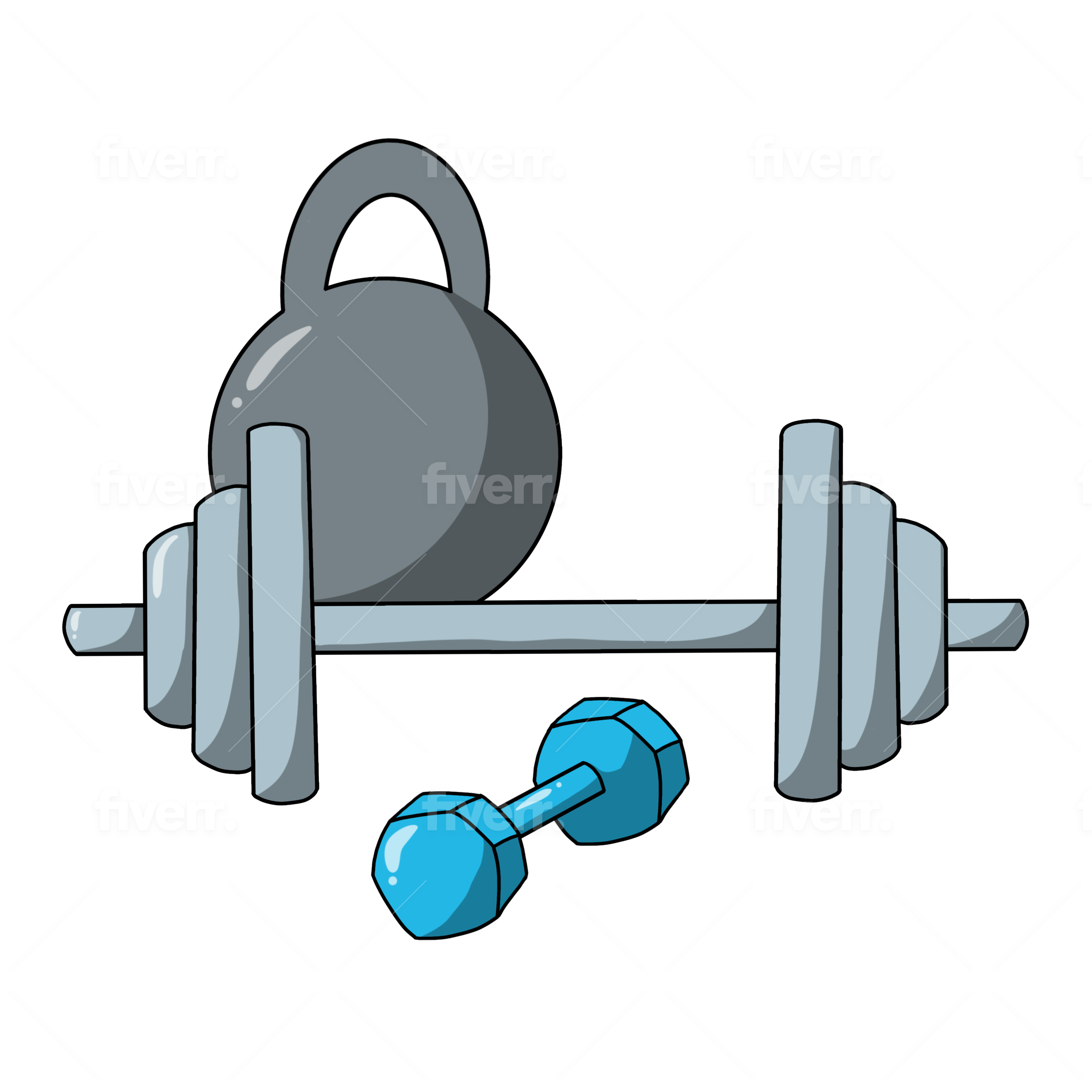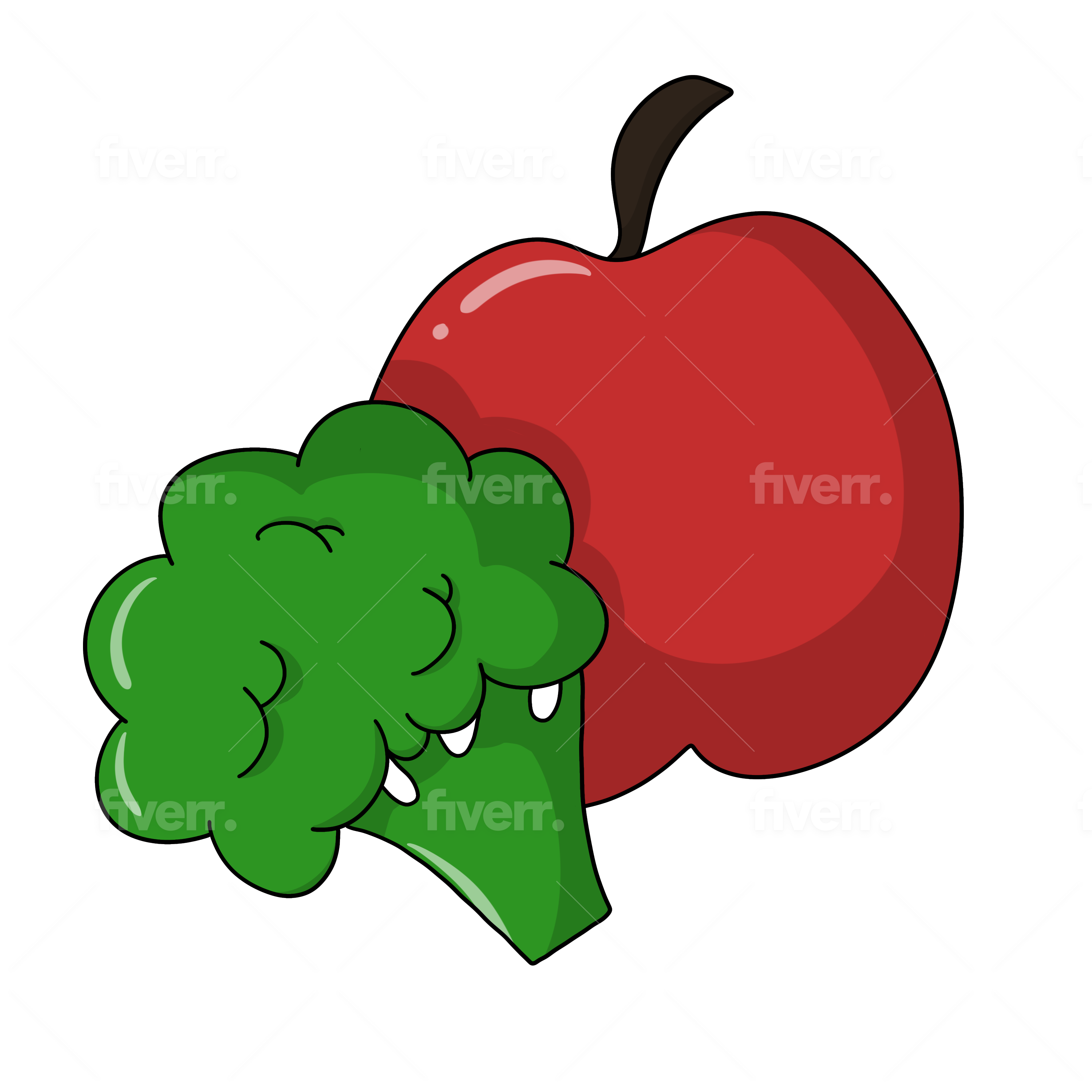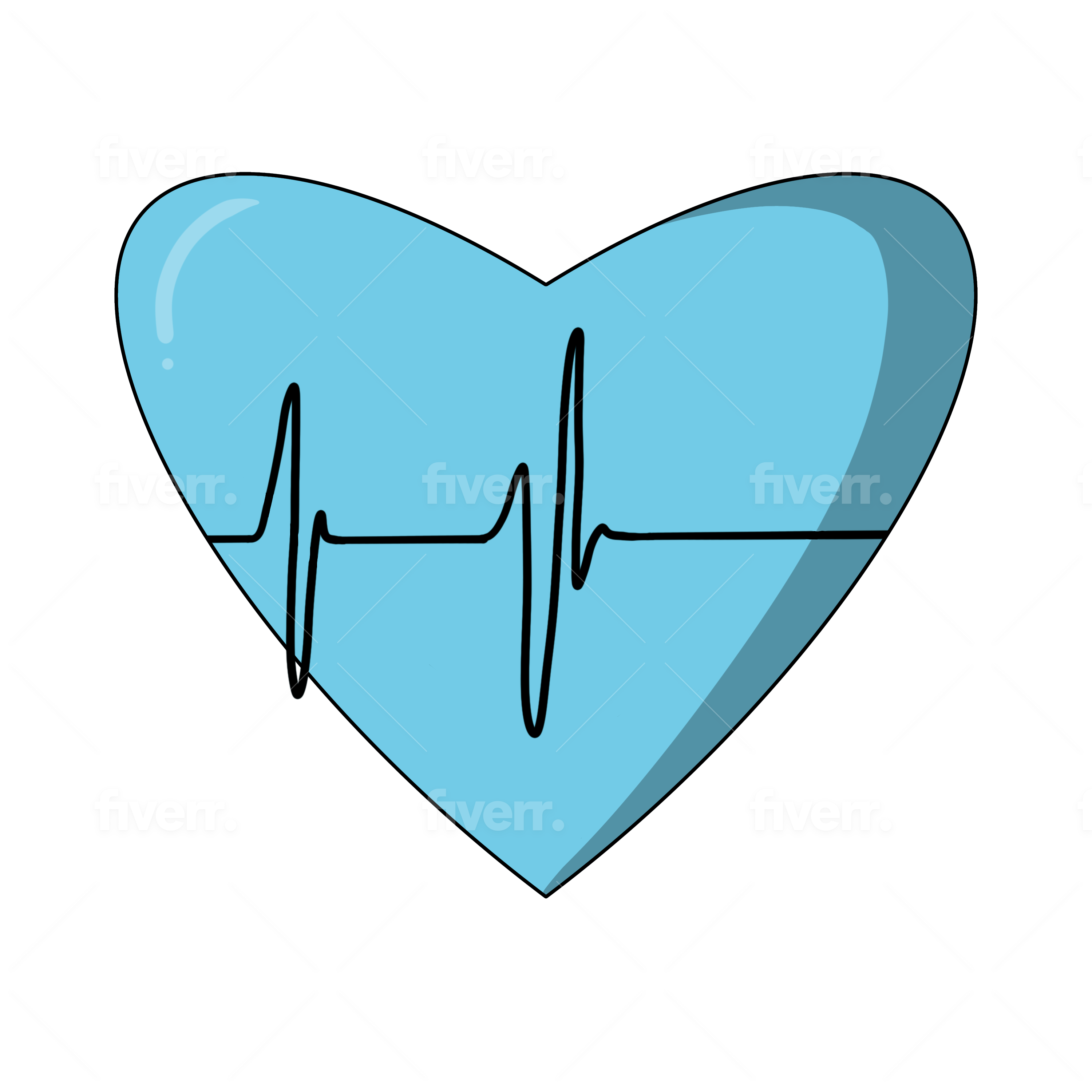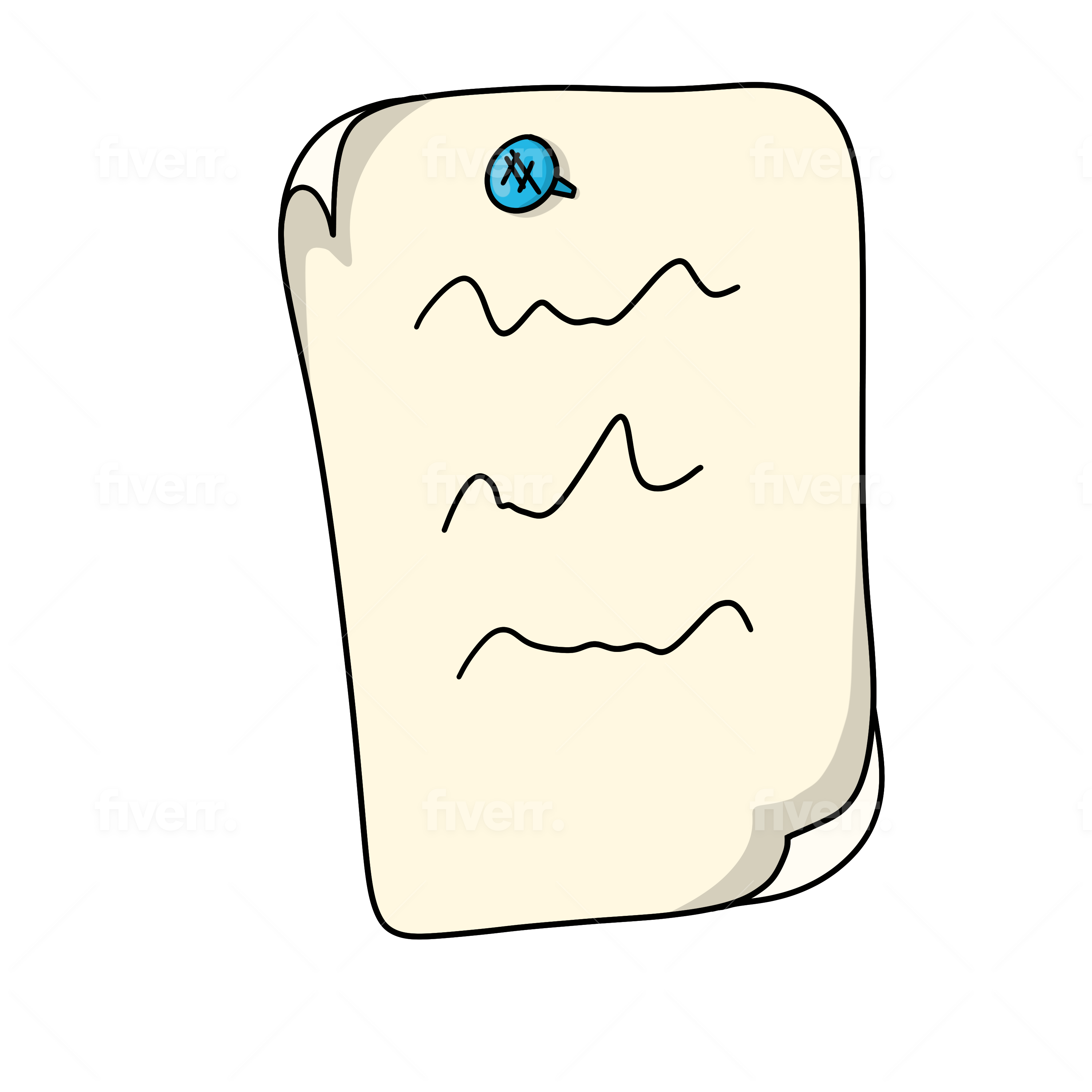"Success is not final, failure is not fatal: it is the courage to continue that counts." — Winston Churchill
If you train long enough, you will miss workouts, stall on a lift, overdo a run, or grab the easiest dinner instead of the planned one. That sting you feel is real—so is the chance to turn it into fuel. This is about reframing failure so you can come back smarter, stronger, and steadier.
What failure really is in fitness
- Data, not drama: A missed session or a rough week is a signal about your plan and your life, not a verdict on you.
- Feedback on fit: Setbacks often mean the plan did not match your current capacity, skills, or schedule.
- Part of the process: Progress is lumpy. Plateaus, dips, and detours are baked into any long-term change.
Common setbacks—and what they are telling you
1) You missed a whole week
Likely signal: Life load was heavier than your training load could handle. The plan needed more flexibility.
Comeback move: Use a "minimum viable workout"—10 minutes you can always do. Keep a backup session ready: a bodyweight circuit, a short walk, or mobility flow.
2) Your PR stalled
Likely signal: You need a change in stress: more volume, better recovery, or a deload.
Comeback move: Rotate rep ranges, add a technique day, and schedule a deload week. Track sleep and protein for two weeks.
3) Nutrition went off the rails
Likely signal: Environment and decision fatigue beat willpower.
Comeback move: Set "default choices" for busy days: a go-to breakfast, a fast protein + produce lunch, and a simple dinner template. Keep these stocked and visible.
4) A small injury or nagging pain
Likely signal: Load jumped too fast, or form and recovery need attention.
Comeback move: Drop intensity, keep movement. Train around the area, not through sharp pain. Prioritize sleep, technique, and gradual loading.
The 7-step comeback blueprint
- Pause and name it: Write a one-line "what happened" with no judgment.
- Extract the signal: Identify one likely cause you can influence.
- Shrink the goal: Use the 10-minute rule for the next 7 days. Consistency first, intensity later.
- Adjust one lever: Frequency, intensity, time, or type—change just one for clarity.
- Reduce friction: Pre-pack a gym bag, set out shoes, prep a default meal, schedule a time.
- Track one lead metric: Examples: minutes moved, protein servings, steps, or number of sets.
- Debrief weekly: What worked, what wobbled, what will change next week.
Reframe your self-talk
- "I failed" → "I learned what does not fit my life yet."
- "I have no willpower" → "My environment needs a tweak."
- "I am behind" → "I am building capacity at a sustainable pace."
The micro-win menu
Pick one today:
- 10 minutes of walking or mobility
- 2 sets of a push, a pull, and a squat pattern
- One plate built around protein and produce
- Drink water with every meal
- Lights out 30 minutes earlier
When to push vs. pivot
- Green light: No sharp pain, energy OK, form solid → push or progress a notch.
- Yellow light: Sore or stressed, sleep low → hold steady or reduce volume.
- Red light: Sharp pain, illness, or high stress → pivot to recovery and technique.
A simple 14-day comeback plan
- Days 1–3: 10-minute sessions daily. Walk, mobility, or light circuits. Log sleep and water.
- Days 4–7: Add one focused strength session and one easy cardio day. Keep two 10-minute "minimums."
- Days 8–10: Progress one lever: one more set or five more minutes, not both.
- Days 11–14: Return to your regular split with a 10–20% lighter load. Finish with a debrief.
Coach-in-your-pocket prompts
- What is the smallest next step that proves I am back?
- What friction can I remove tonight for tomorrow’s workout?
- What did this setback teach me about my plan or my life load?
"I have not failed. I've just found 10,000 ways that won't work." — Thomas Edison
The next time you hit a dip, do not wait for perfect conditions. Take the smallest step you can take today, learn from it, and stack another tomorrow. That is how setbacks become comebacks.





